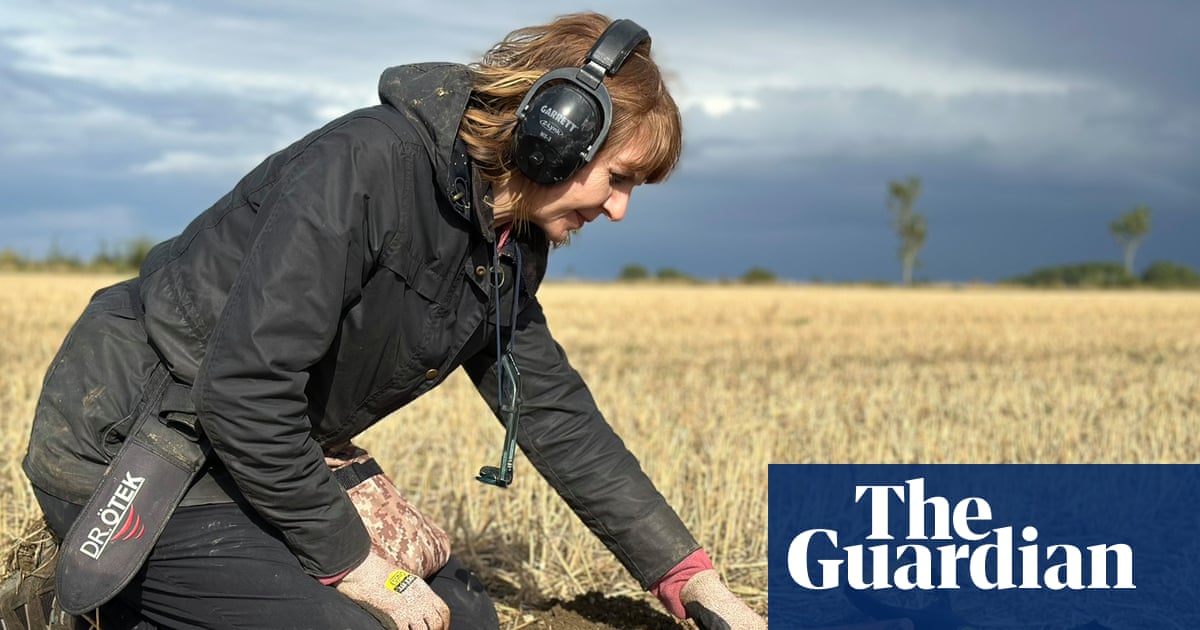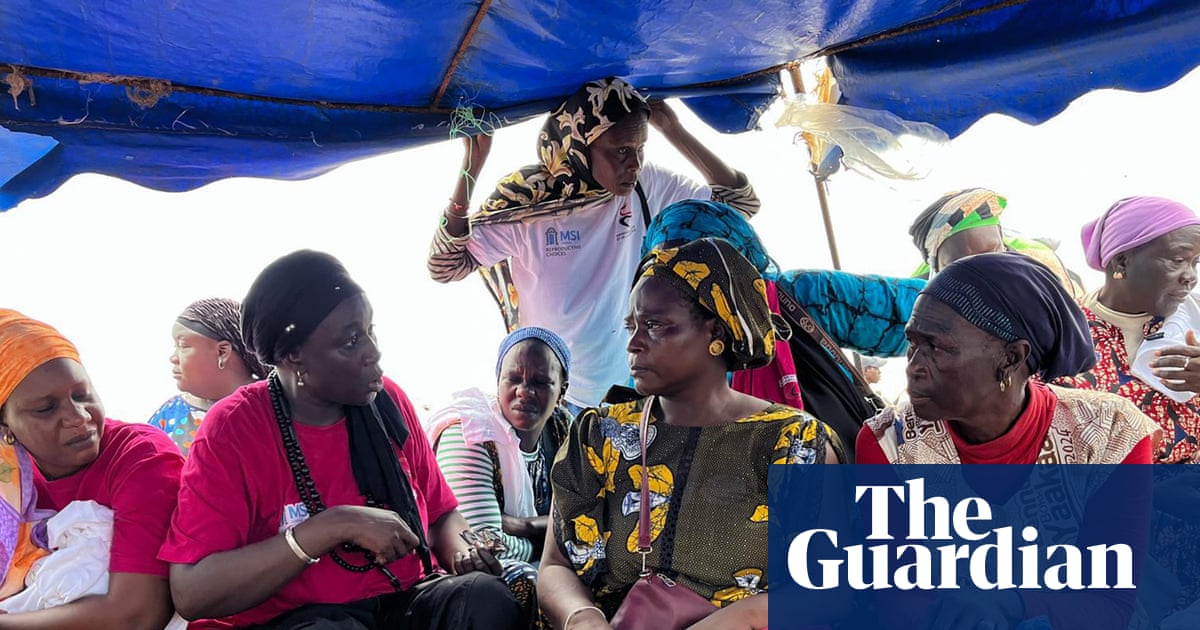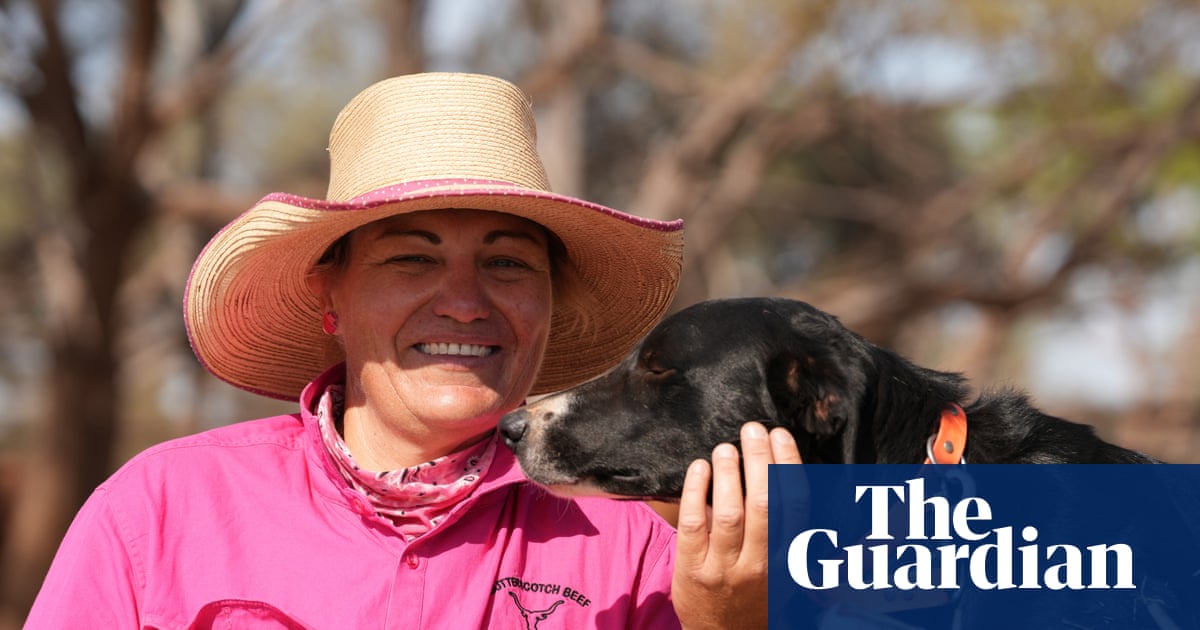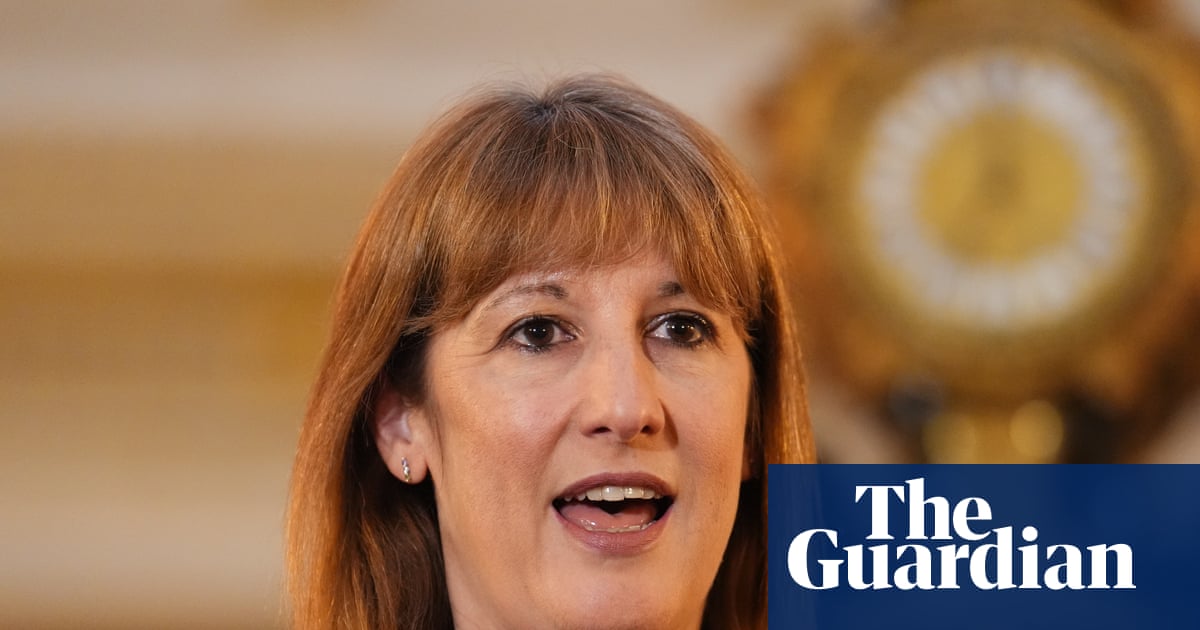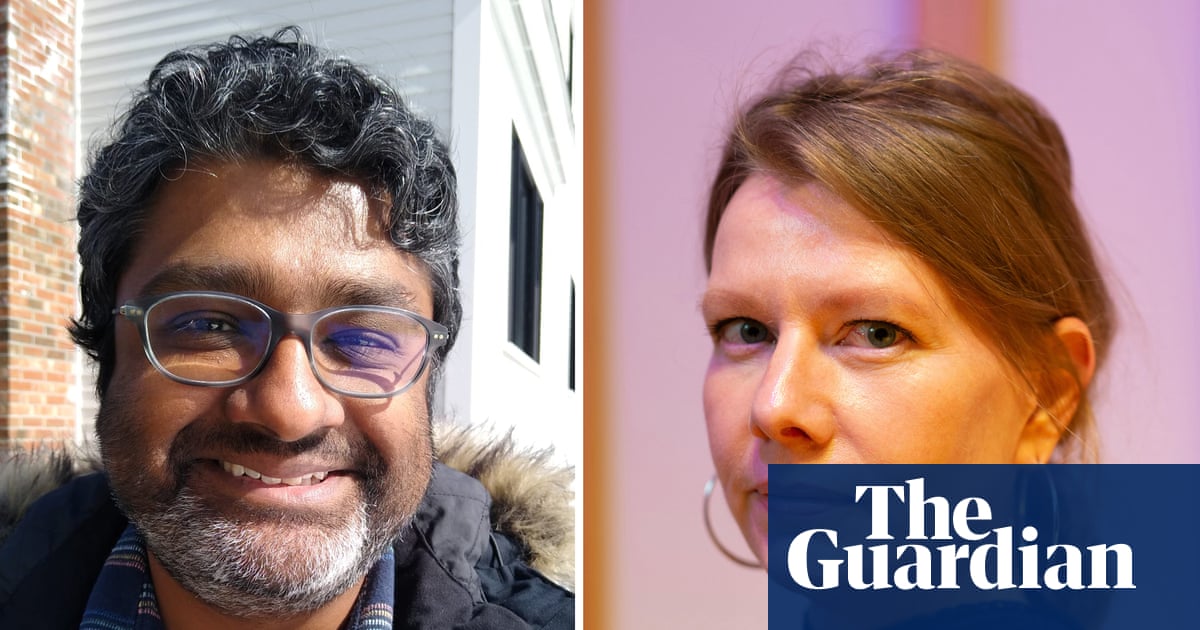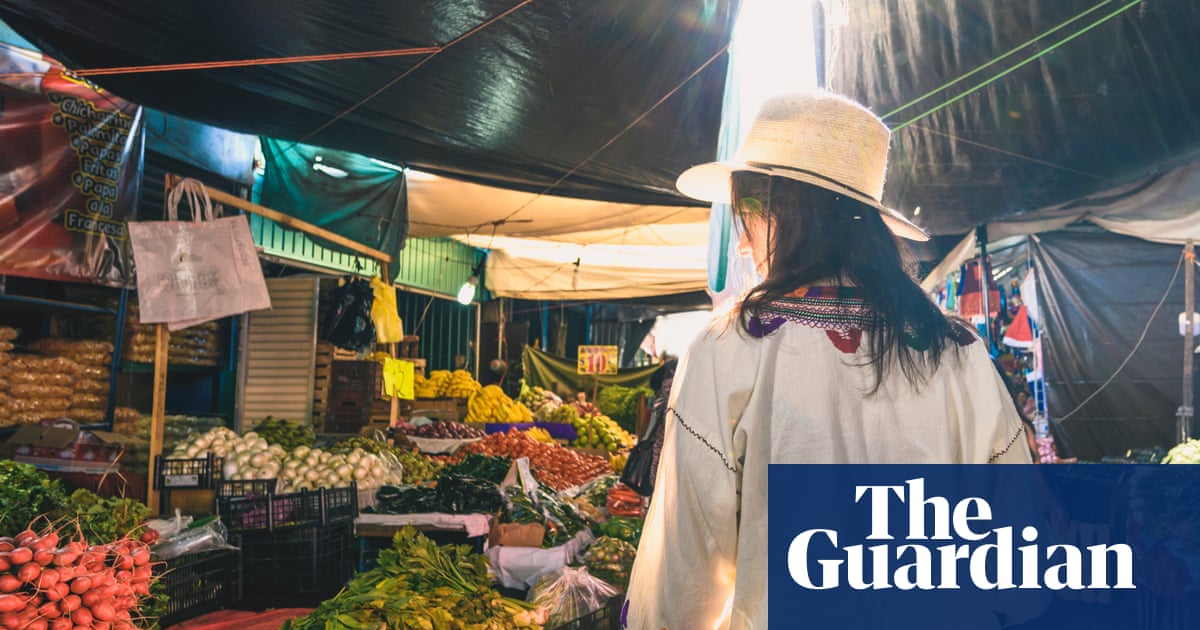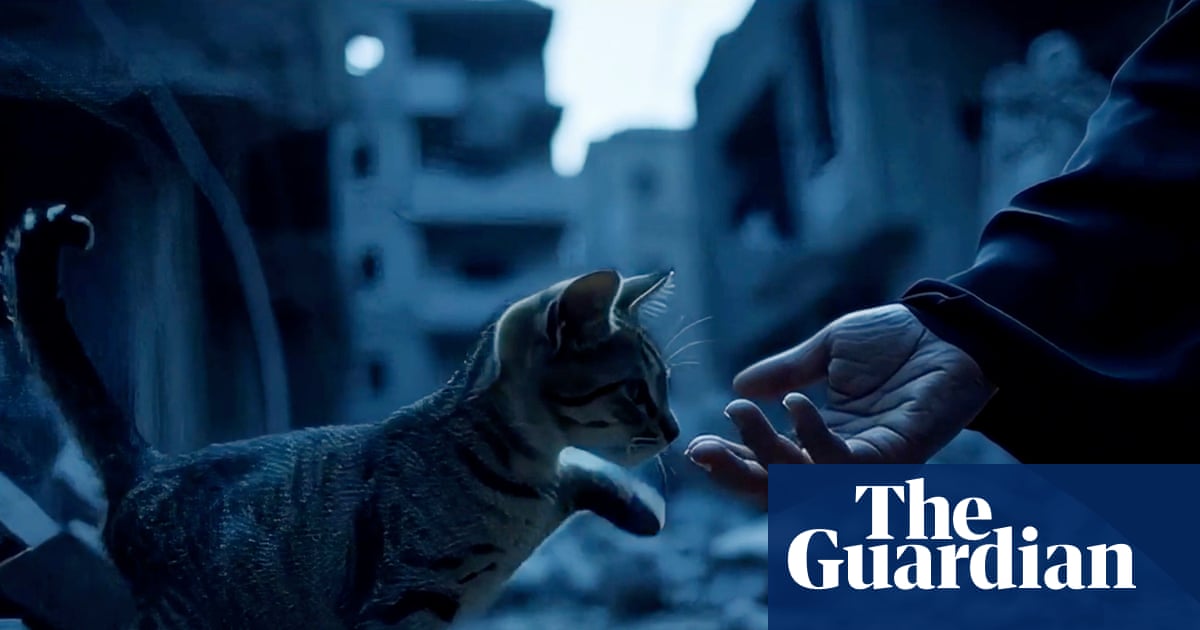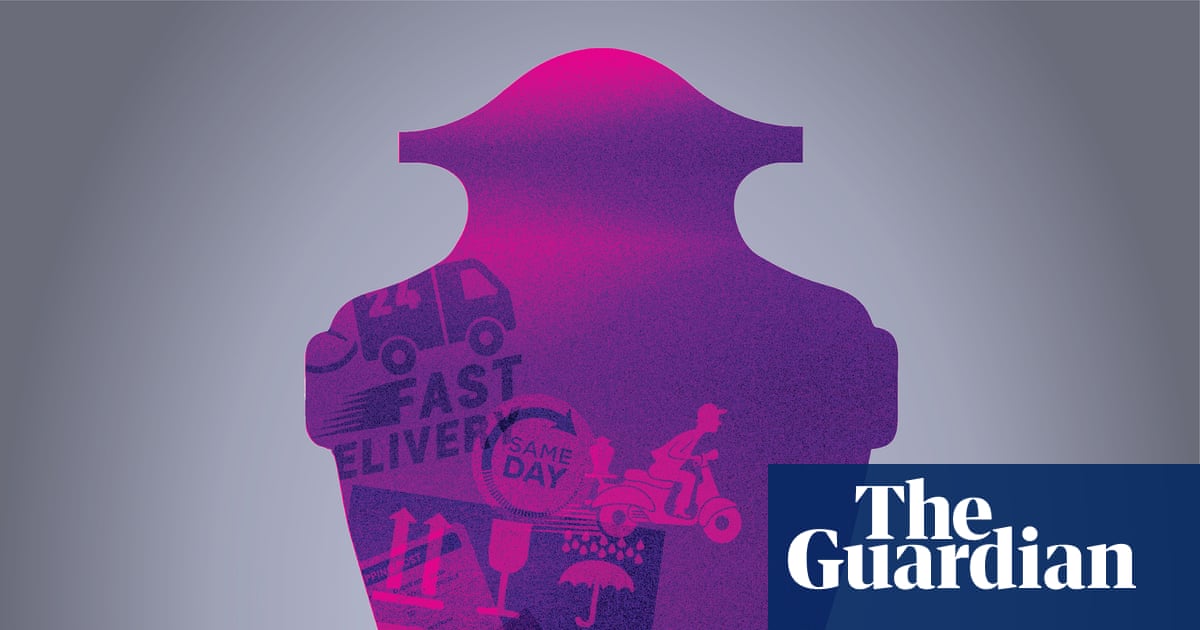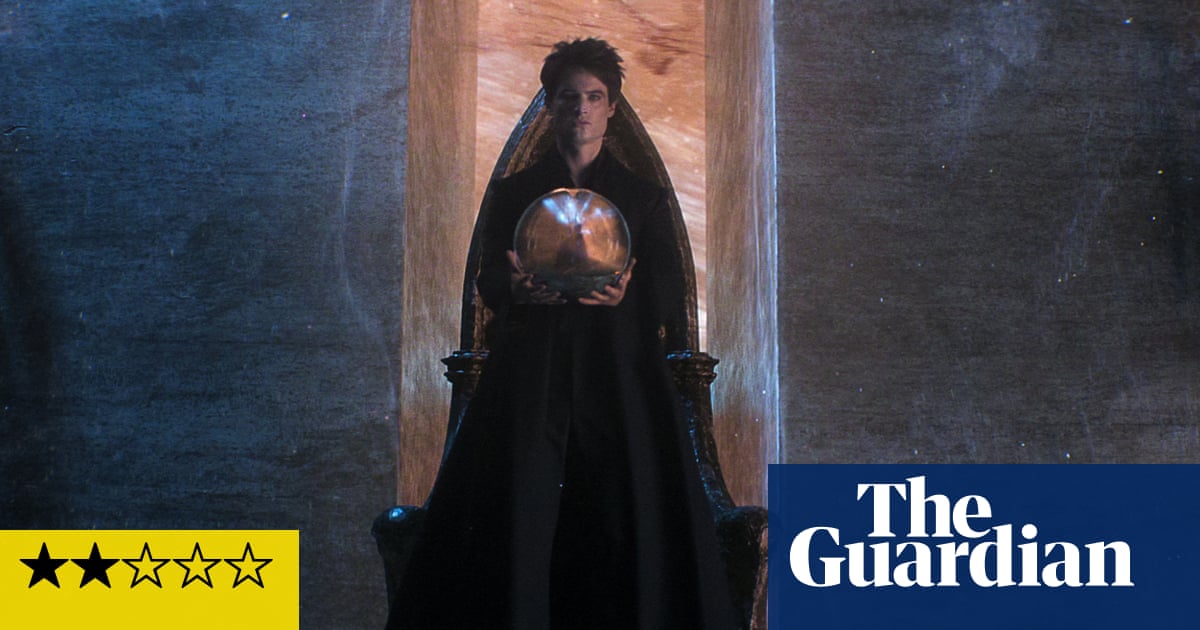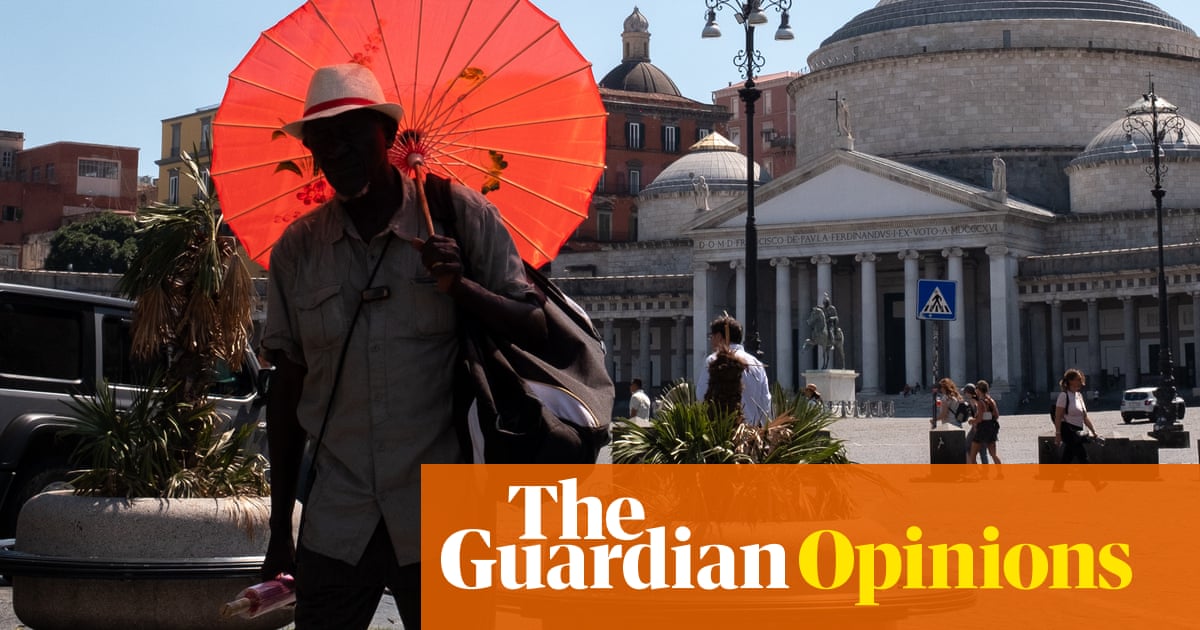One of Europe’s leading museums is asking visitors if it should continue to display the body of an ancient Egyptian woman 200 years after it was brought to the UK by cotton merchants, as it “decolonises” some of its most famous exhibits.
Manchester Museum, which in May was named 2025’s European museum of the year, is running a consultation on the future of Asru, a woman who lived in Thebes, the ancient city in the location of modern-day Luxor, 2,700 years ago.
A plaque at the museum asks: “Should we continue to display the body of Asru?”, inviting visitors to submit answers in a postbox underneath.
It adds: “Asru’s mummified body was unwrapped at the Manchester Natural History Society in April 1825. She has regularly been on display for the two centuries since. In that time, we have also changed as a museum and are thinking more about how we care for people.”
The story of Asru’s body is one of several that show how the development of the UK museum sector benefited from colonialism and transatlantic slavery, at a time when the ethics of displaying human bodies and spoils from imperial expansion are being questioned.
In March a report by MPs from the all-party parliamentary group for Afrikan reparations called for bans on selling ancestral remains and publicly displaying them without consent.
Asru’s finely decorated wooden coffin reveals a few biographical details. An affluent woman who was about 60 when she died, her father was called Pa-Kush, which means “the Kushite”, a Black man from modern-day Sudan. Pa-Kush worked as a scribe, a high-status role, when Egypt had Kushite pharaohs. Asru’s name means “her arm is against them”.
In the 19th century, Asru’s sarcophagus was acquired by Robert and William Garnett, the sons of a former trader in enslaved African people, who had followed him into the cotton industry, research by one of the museum’s curators, Campbell Price, found. The Garnetts donated Asru’s body to the Manchester Natural History Society, the forerunner to Manchester Museum.
Alongside the Asru consultation, the museum has launched its Decolonise! Trail , named after the initiative in arts and culture that is being used to challenge stereotypical perspectives linked to empire and colonialism.
The trail links displays of items from Africa and Asia, subverting traditional “Eurocentric” narratives about them through artworks newly displayed alongside them.
It is supported by a booklet that asks questions such as “Should a desire for knowledge override the wishes of ancient cultures?”, “Do you know where the minerals in your technology come from?” and “What is climate justice?”.
after newsletter promotion
Next to African spearheads – items that the booklet describes as having “reinforced reductive and inaccurate ideas about African people” – is an LGBTQ+ comic strip story by the Congolese artist Edher Numbi.
A mural by the British artists the Singh twins in the museum’s south Asia gallery examines the link between enslavement and India’s colonisation. It features a 1928 quote from the then UK home secretary, William Joynson-Hicks, who, speaking of India as a major export market for “Lancashire cotton goods”, said: “We did not conquer India for the benefit of the Indians … We conquered India as an outlet for the goods of Britain. We conquered India by the sword, and by the sword we shall hold it.”
Chloe Cousins, Manchester Museum’s social justice manager, who created the trail, said: “The trail is new but the concept of decolonising isn’t new to Manchester Museum at all. Telling more accurate and nuanced accounts of the history of the collections is one of the ways we can care for the people and communities whose belongings, stories and histories are held here.”

 3 months ago
51
3 months ago
51



